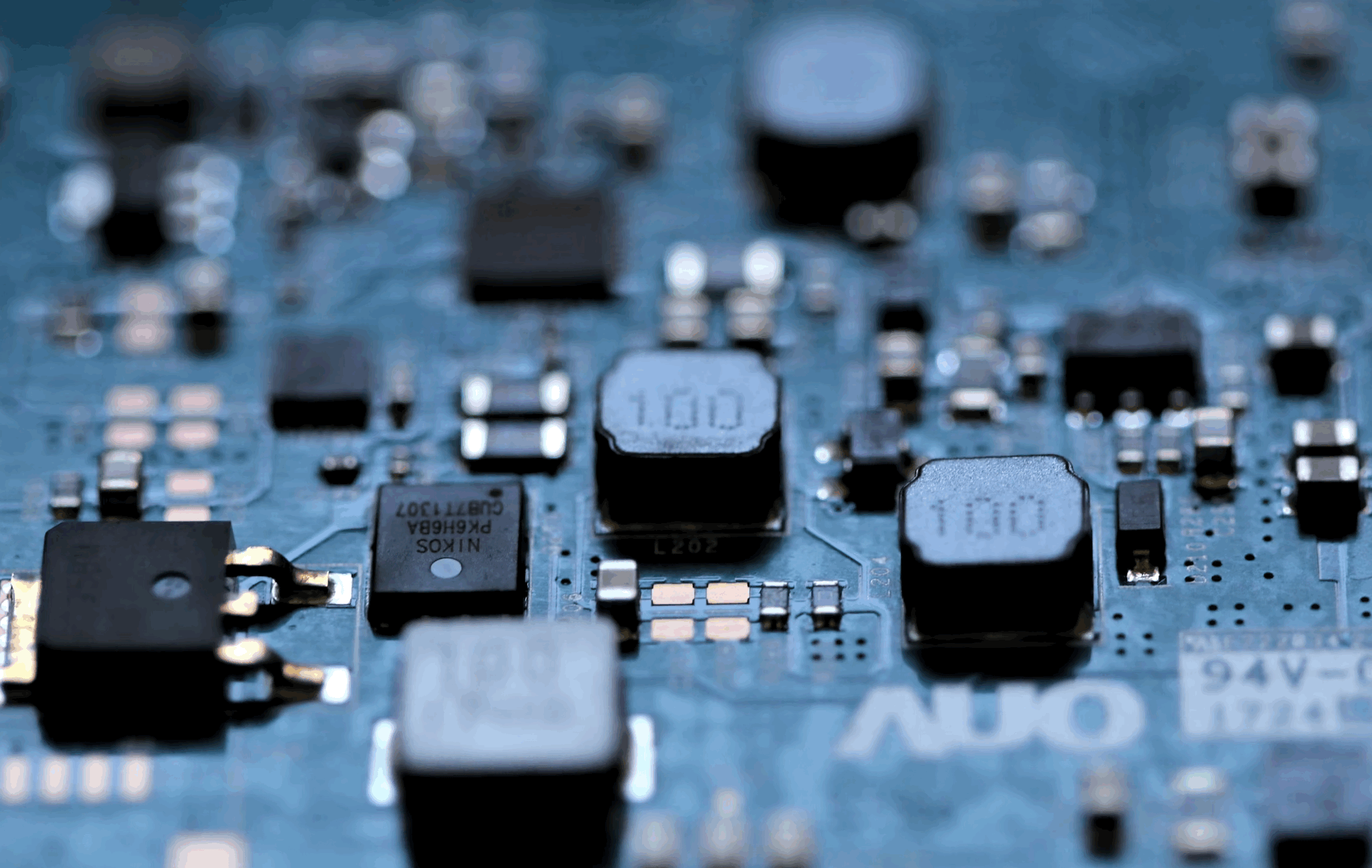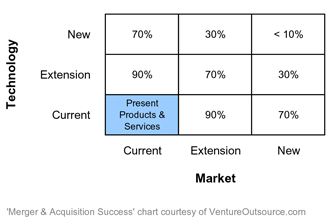Chips on the Line: Why Dutch Seizure of Nexperia Brings New Era in Semiconductor Wars
The Dutch government’s move to take control over the Chinese investment group Wingtech’s private ownership of Nexperia, a global leader in semiconductor production, is a shot over the bow of the intricate, global electronics supply chain. Here's why.

The Dutch government’s move to take control over the Chinese investment group Wingtech’s private ownership of Nexperia, a global leader in semiconductor production, is a shot over the bow of the intricate, global electronics supply chain.
This strikes at the heart of an industry that powers everything from smartphones to electric vehicles and advanced defense systems. Nexperia’s annual output exceeding 100 billion discrete semiconductors — components critical to nearly every electronic device. The Dutch government's move reshapes the global technology supply chain landscape, trade, and international relations.
Why this matters
Nexperia’s strategic front-end wafer fabrication in Germany, and the UK, paired with back-end assembly and testing in Asia, underscores its noteworthiness in global, tech supply chains.
Scrutinizing Wingtech’s ownership, the Dutch governement is driven by national security concerns over Chinese influence in critical technology, signaling a broader Western push to safeguard semiconductor production.
This move risks escalating tensions in the already fragile U.S.-China semicondutor, and broader tech industry, rivalry, where access to chips is a flashpoint for economic and military dominance.
Key components of Nexperia operations (front- vs back-end)
- Germany: Front-end wafer fabrication in Hamburg...including bipolar and power discretes, and diodes...producing over 1 million wafers per year, or about 100 billion devices annually
- United Kingdom: Front-end TrenchMOS wafer fab for MOSFETS in Greater Manchester with roughly 24,000 wafers per month capacity.
- China: Back-end assembly and testing / packaging for components; diodes, transistors... This is Nexperia's largest small-signal assembly facility, covering over 80,000 m², with a capacity exceeding 50 billion pieces per year and located in Guangdong / Dongguan
- Malaysia: Back-end assembly and testing for discretes in Seremban.
- Philippines: Back-end assembly and testing for discretes in Cabuyao, Laguna
Looking at Nexperia's front-end and back-end operations, it's important to realize while the largest facility by m² is located in China, Nexperia's European sites are pivotal for wafer manufacturing.
For global procurement vice presidents, category managers, and supply chain leaders, this is a wake-up call.
The Dutch action could disrupt Nexperia’s operations, tighten chip availability, and drive up costs as Western governments tighten export controls and foreign and domestic investment reviews.

With front-end production based in Europe, any shift in ownership or policy could choke off supply lines, delay innovation, and force companies to scramble for alternative sources in an already strained market. As the U.S. and EU double down on domestic chip production through initiatives like the CHIPS Act and EU Chips Act, this move could further fragment the global supply chain, leaving businesses navigating even more uncertainty
For semiconductor manufacturing capacity planners and M&A strategists, I expect increasing activity in semi-related production manufacturing and vendor and supplier footprints.
______________________________________________________
About
What matters when formulating contract electronic strategy? How do you identify supplier profit centers and what are you doing to protect against margin erosion for your outsourcing programs? Why do provider capabilities often not match capabilities they claim? How are you benchmarking your supply chain against competitors?
I’ve spent 25+ years in contract electronics industry setting up contract electronic divisions and running operations, protecting EMS program profits, manufacturing capacity M&A and more. I run a technology solutions firm. A lot of times this means asking the right questions.
______________________________________________________

